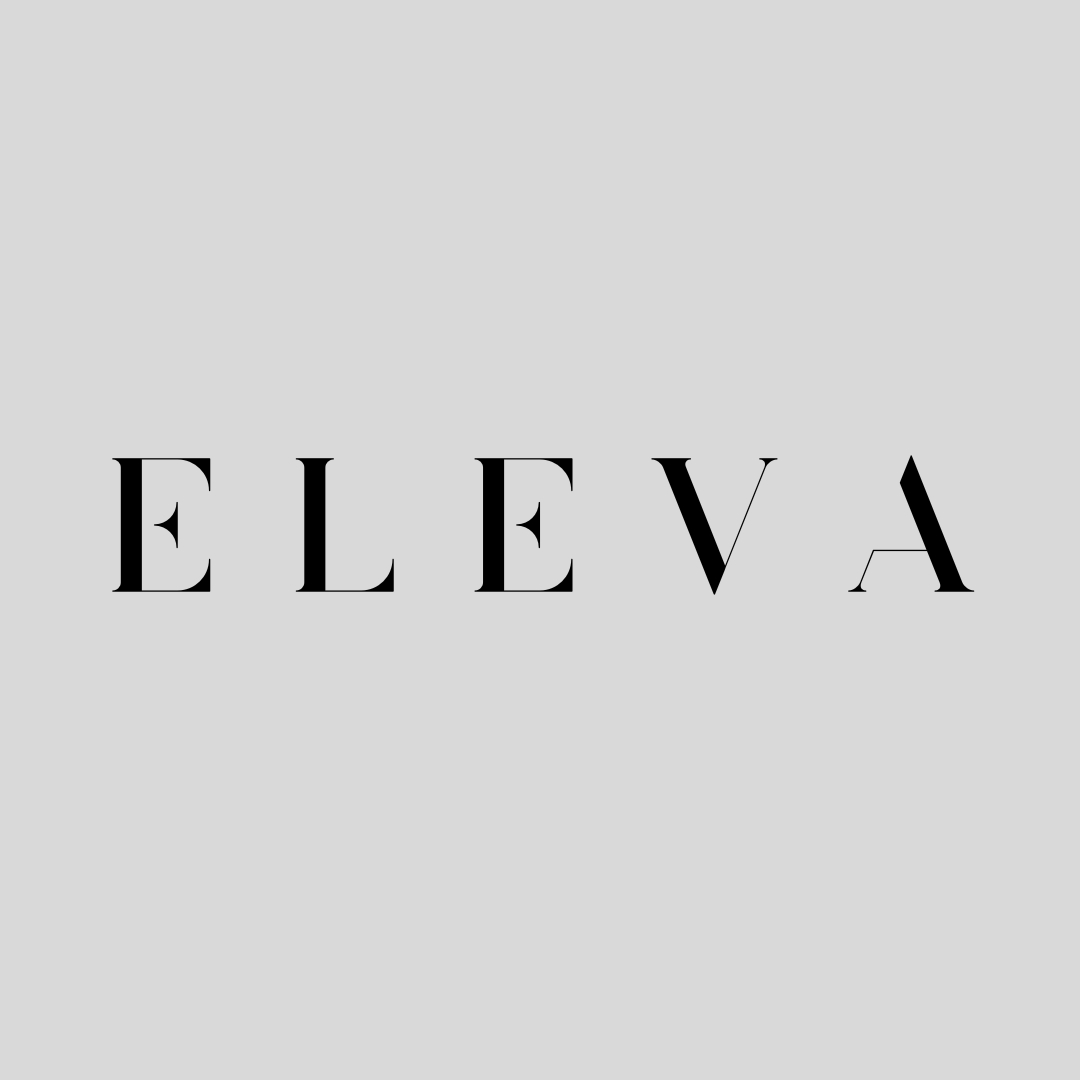Which Social Media Platform to Choose for Your Industry
- ELEVA Marketing Ltée
- Jan 25
- 2 min read
In today’s digital landscape, not all social media platforms are equally suited for every industry. Depending on whether you operate in B2B or B2C, the ideal options and strategies vary significantly. Here’s a guide to help you select the most relevant platform for your business.
Understanding the Differences Between B2B and B2C
B2B (Business-to-Business):
Main goal: Generate qualified leads, build brand awareness, and foster professional relationships.
Ideal platforms: LinkedIn, Twitter.
B2C (Business-to-Consumer):
Main goal: Increase brand visibility, engage directly with consumers, and drive sales.
Ideal platforms: Instagram, Facebook, TikTok, Pinterest.
Platform Analysis by Industry
1. LinkedIn
Best for: B2B, professional services, technology, recruitment.
Advantages:
Strong professional network.
Targeting tools for B2B campaigns.
Excellent for thought leadership.
Disadvantages:
Less engagement for B2C brands.
High advertising costs in some sectors.
Tip: Share informative articles, case studies, and educational content.
2. Instagram
Best for: B2C, fashion, beauty, travel, food services.
Advantages:
Strong visual potential to showcase products.
Built-in shopping features.
High engagement with Reels and Stories.
Disadvantages:
Less suitable for B2B companies.
Intense competition in certain markets.
Tip: Invest in high-quality visuals and use relevant hashtags.
3. Facebook
Best for: B2C, local businesses, e-commerce, events.
Advantages:
Broad audience and precise segmentation.
Community features (Groups, Pages).
E-commerce integration.
Disadvantages:
Declining organic reach.
Requires ad investment for significant results.
Tip: Combine engaging posts with targeted ad campaigns.
4. TikTok
Best for: B2C, young and innovative brands, entertainment, beauty.
Advantages:
Powerful discovery algorithm.
High engagement rates.
Opportunity for viral content.
Disadvantages:
Less relevant for B2B industries.
Requires dynamic and creative content production.
Tip: Focus on authenticity and participate in popular trends.
5. Pinterest
Best for: B2C, home decor, DIY, cooking, fashion.
Advantages:
Inspiration-driven platform ideal for shopping.
Long content lifespan (pins).
High conversion rates.
Disadvantages:
Smaller audience compared to other platforms.
Less interactive.
Tip: Create captivating visuals and optimize descriptions for SEO.
6. Twitter
Best for: B2B and B2C, technology, news, events.
Advantages:
Ideal for quick engagement and live conversations.
Great for sharing content and announcements.
Strong presence of thought leaders.
Disadvantages:
Limited by character count.
Less suitable for visual content.
Tip: Post regularly and participate in niche discussions.
7. YouTube
Best for: B2B and B2C, education, entertainment, technology.
Advantages:
Excellent for long-form video content.
Integration with Google for SEO.
Monetization opportunities.
Disadvantages:
Requires significant effort for video production.
Slower growth for new accounts.
Tip: Create tutorials, case studies, and educational content.
General Tips to Maximize Effectiveness
Know your audience: Analyze their habits and preferences on each platform.
Adapt your content: A single piece of content doesn’t work the same across all platforms.
Test and analyze: Experiment with different content types and measure performance.
Optimize your ad strategy: Combine organic and paid approaches to maximize results.
By selecting the right platform and adopting a targeted strategy, you can make the most of social media for your business, regardless of your industry.
Ready to optimize your online presence?
Contact ELEVA for personalized support!
_edited.png)



